Portuguese Navy conducts Hydrography Training with EQS Falcon
Training exercises aboard a Portuguese Navy hydrographic vessel have been completed by EQS (Environment Quality Services) using their Saab Seaeye Falcon robot.
Teams from the Portuguese Hydrographic Institute and EQS undertook several exercises over three days on board the Portuguese Navy vessel Andrómeda, commanded by First Lieutenant Ribeiro de Carvalho, off the coast of Portugal.
The main objective was to verify the operability and functionalities of the systems in their various configurations along with the spectrum of commitment, says Carlos Rodrigues of EQS.
This included basic navigation, object collection, integration of sonar systems and exercises with a USBL positioning system.
The Seaeye Falcon remotely controlled underwater vehicle allows for extended observation of the sea floor and underwater structures, explains Carlos Rodrigues, making it possible to increase the ship's scientific research capabilities.
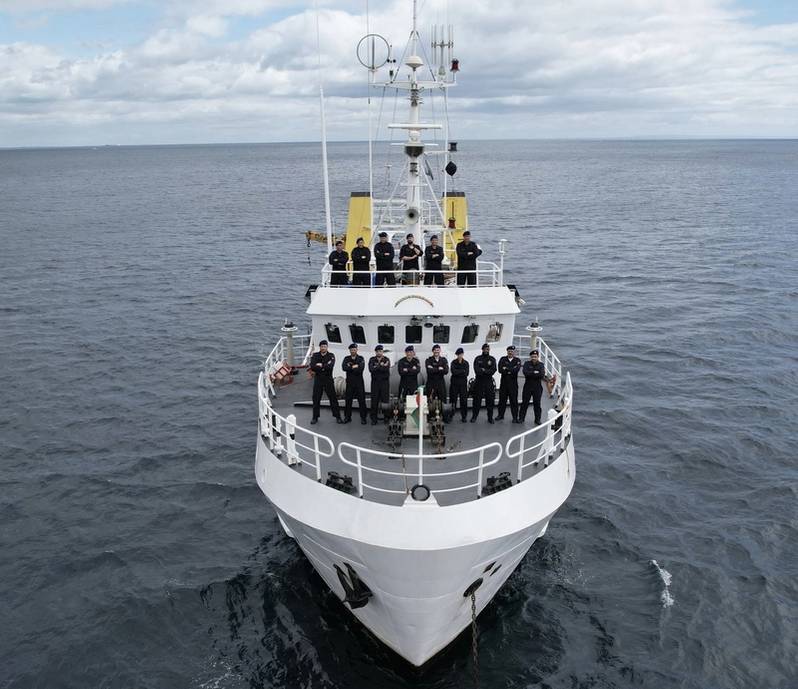 Crew of Andromeda. Photo courtesy Saab Seaeye
Crew of Andromeda. Photo courtesy Saab Seaeye




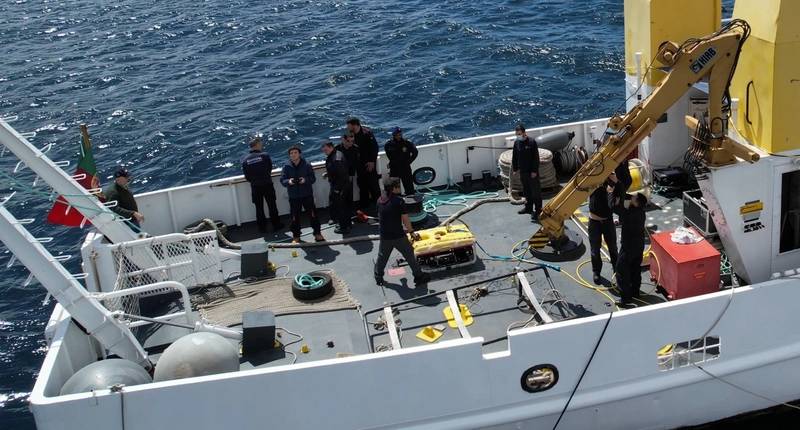

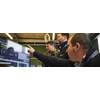

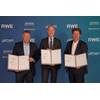
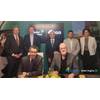
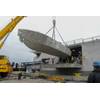








 February 2024
February 2024



